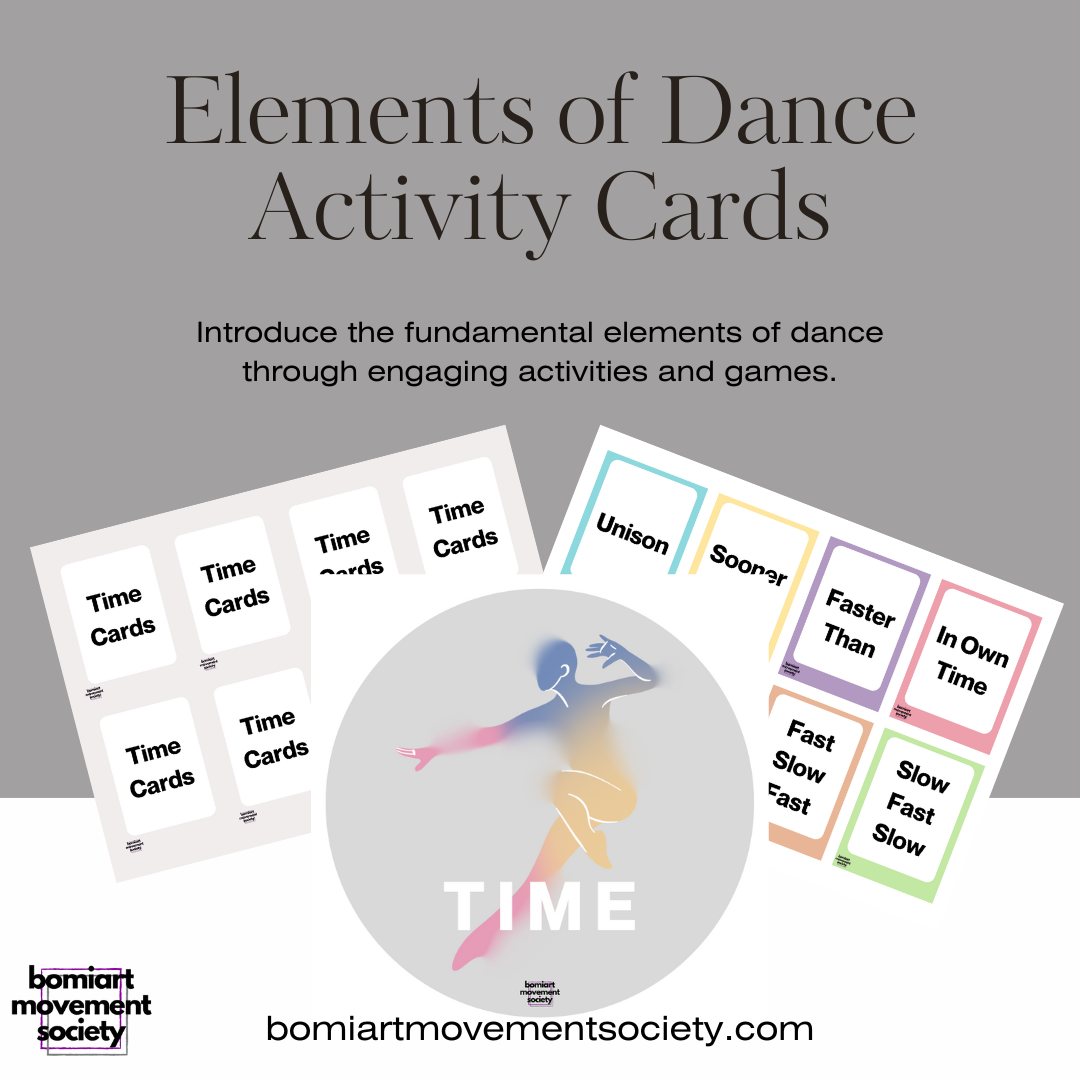 Image 1 of 9
Image 1 of 9

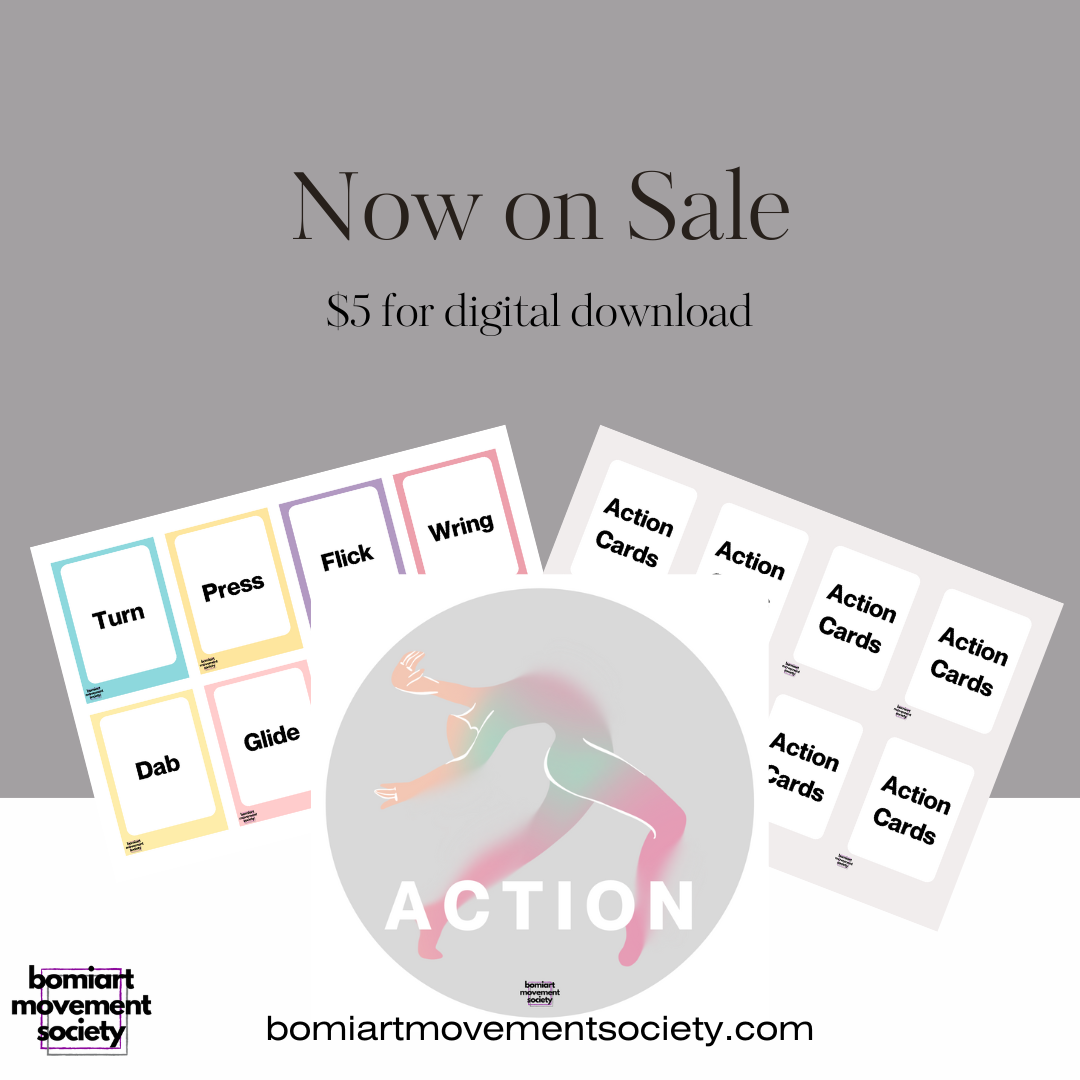 Image 2 of 9
Image 2 of 9

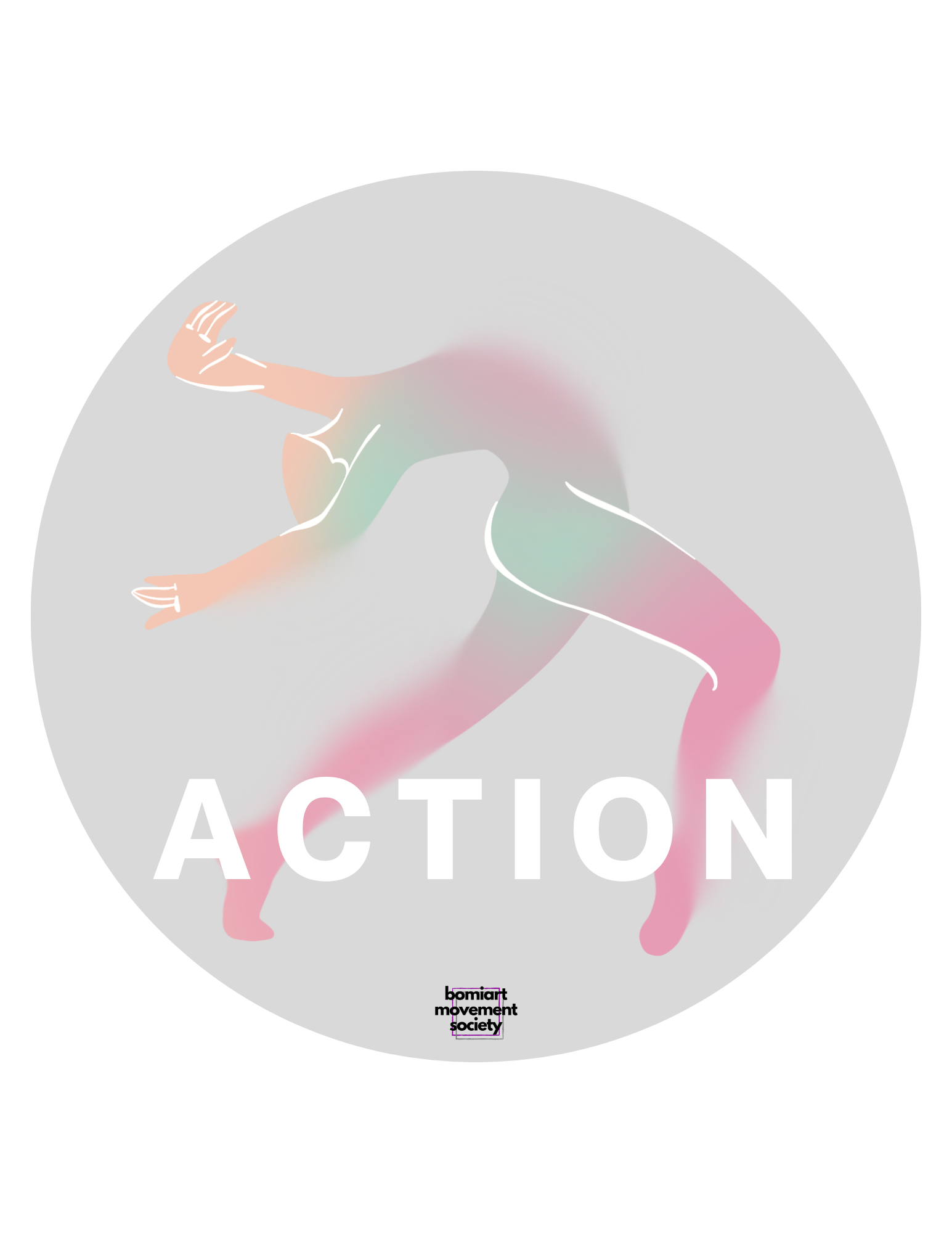 Image 3 of 9
Image 3 of 9

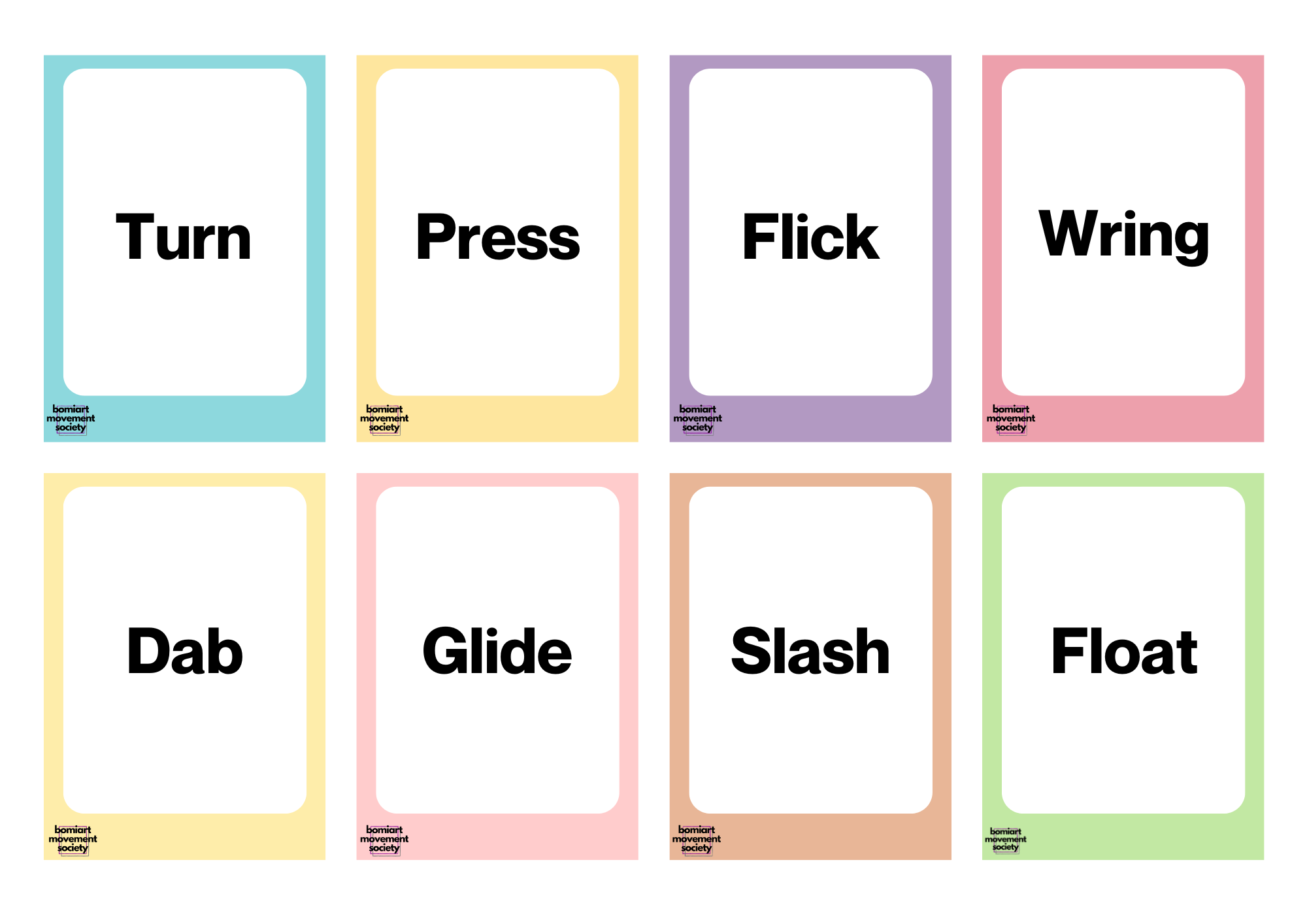 Image 4 of 9
Image 4 of 9

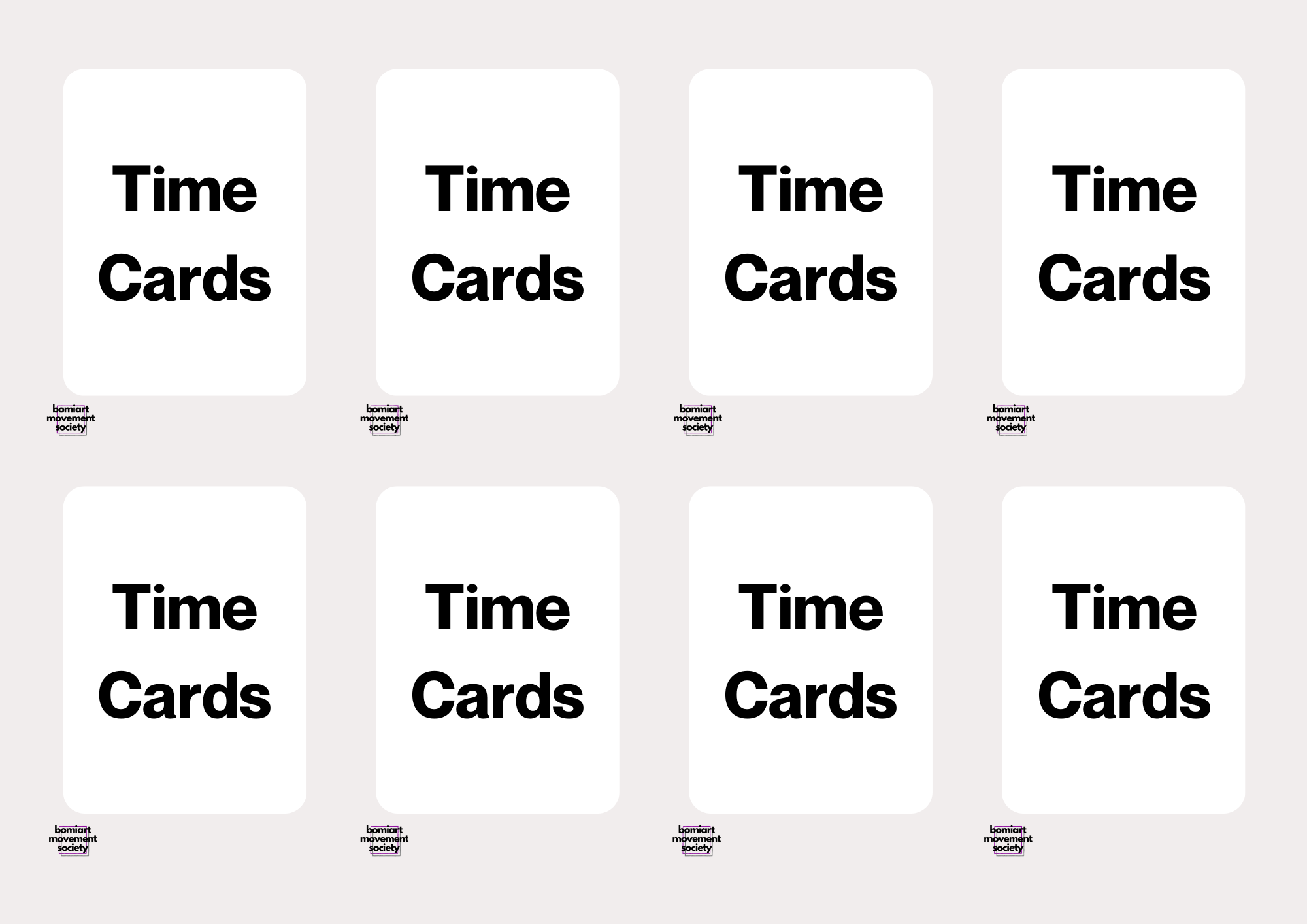 Image 5 of 9
Image 5 of 9

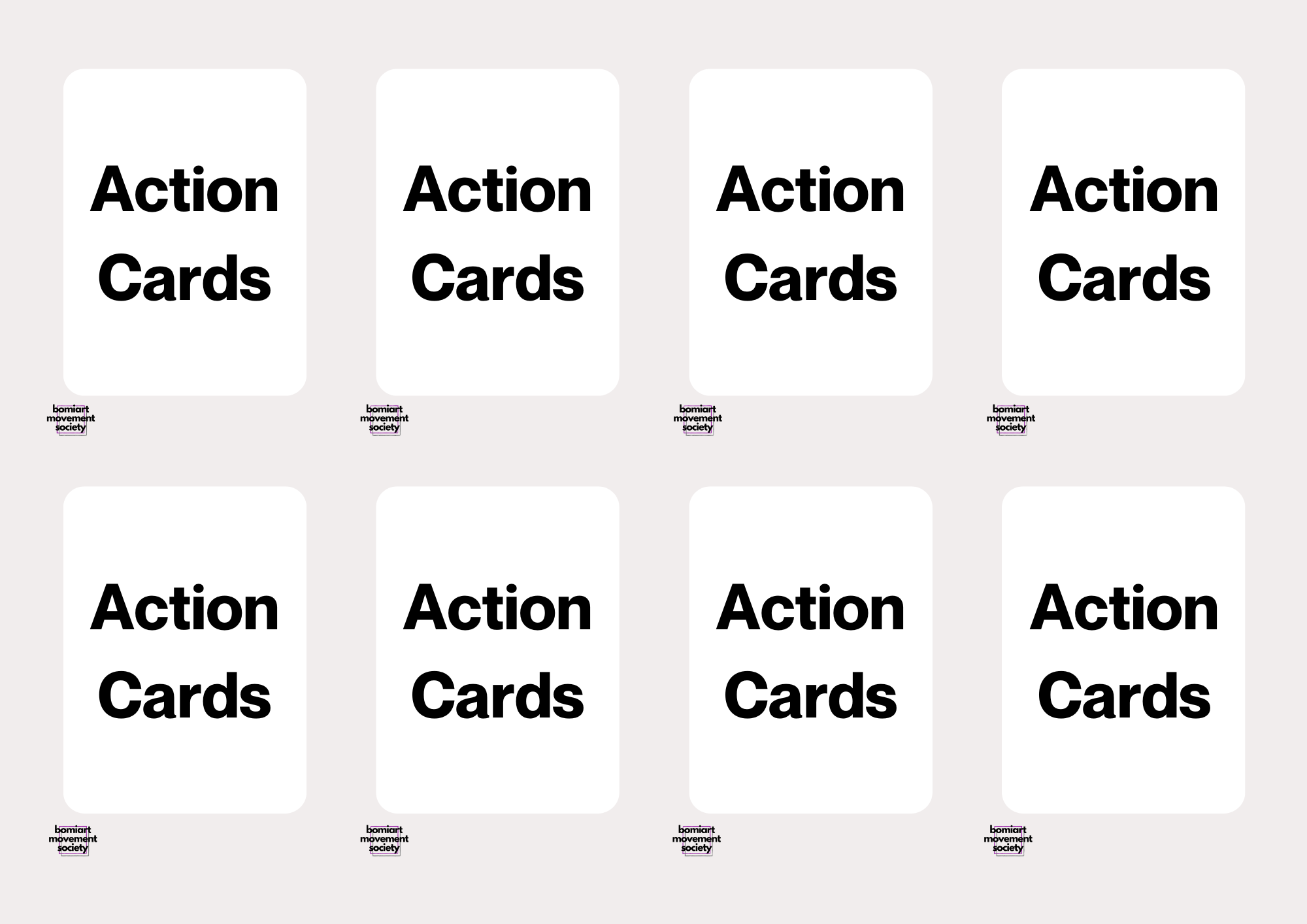 Image 6 of 9
Image 6 of 9

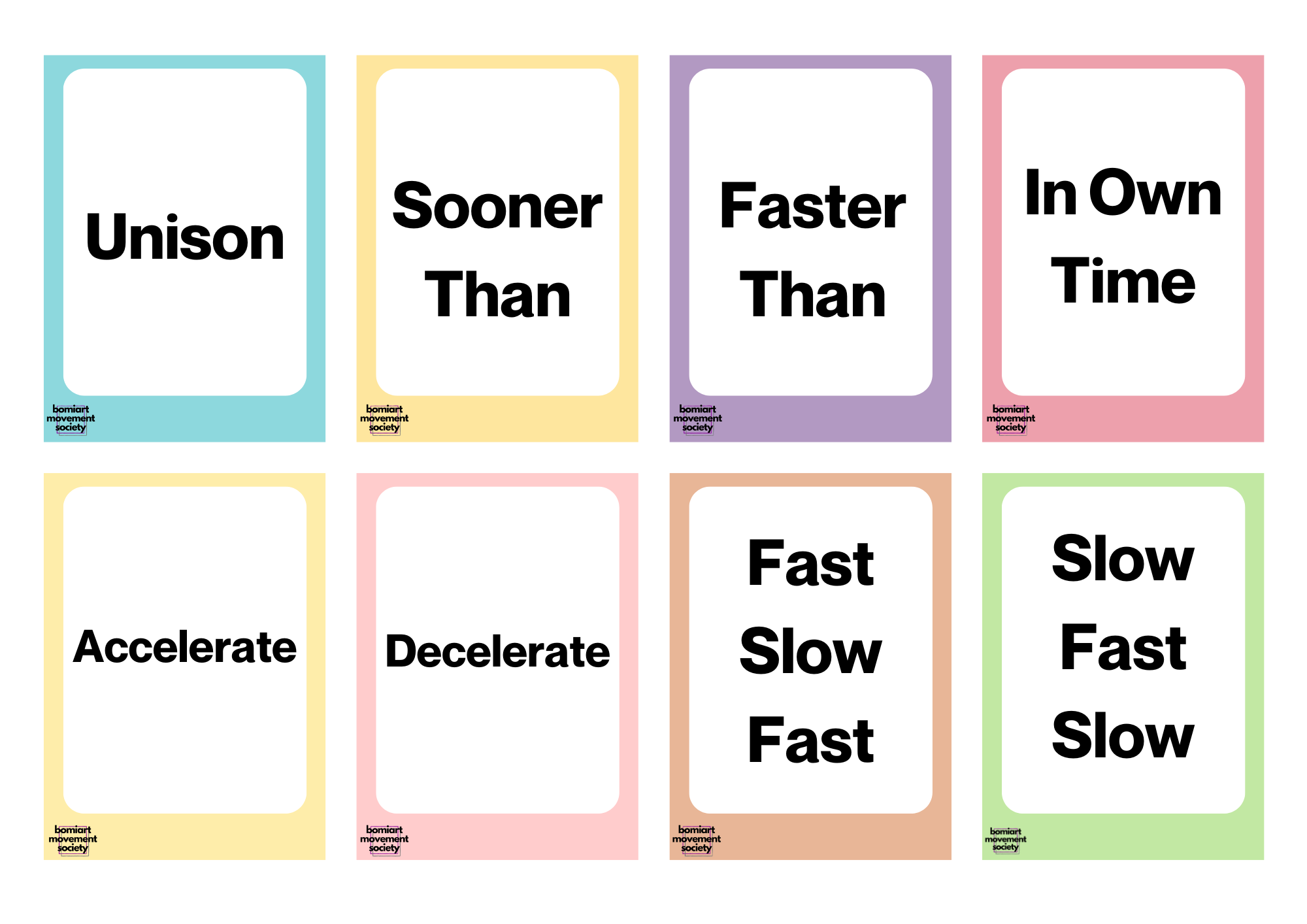 Image 7 of 9
Image 7 of 9

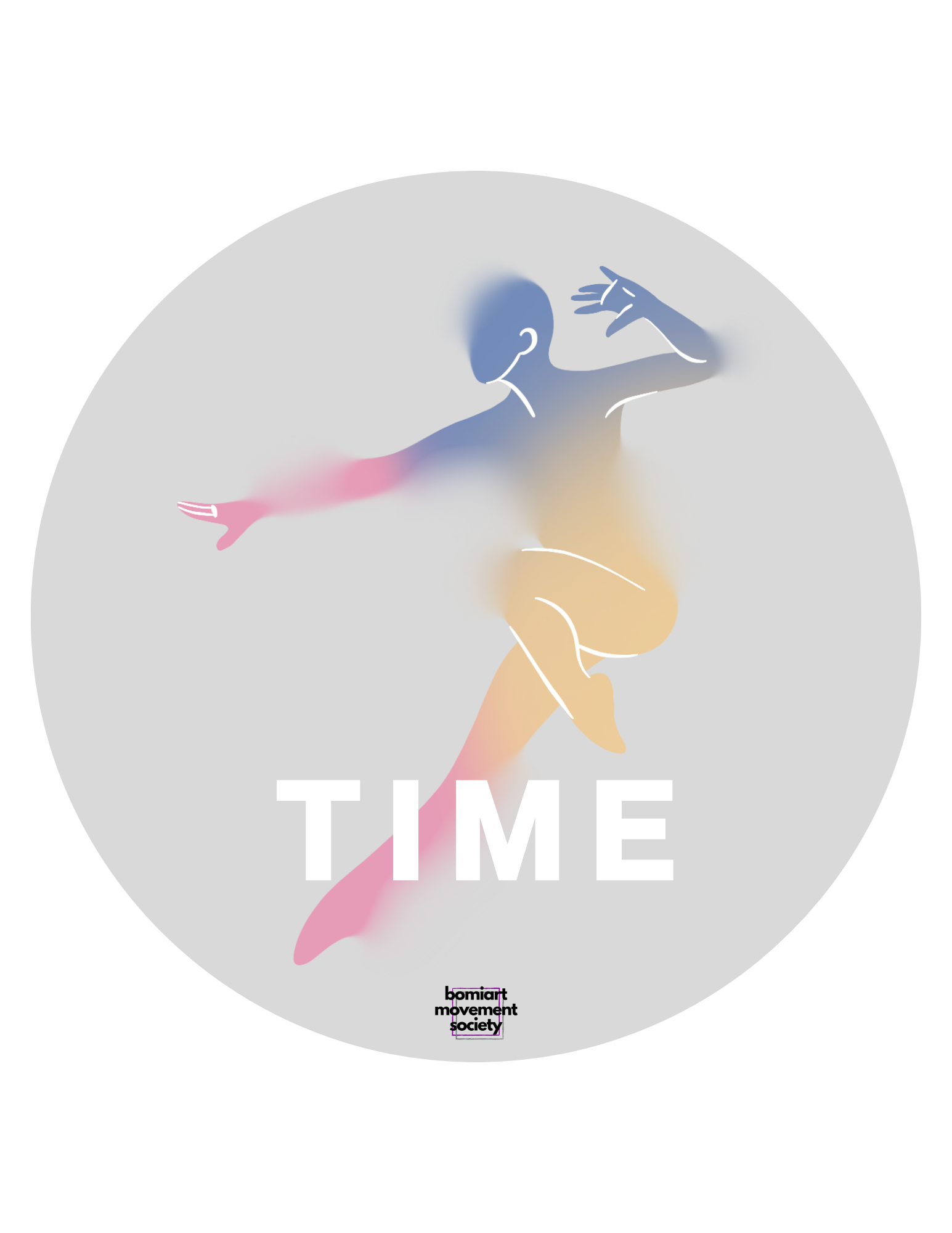 Image 8 of 9
Image 8 of 9

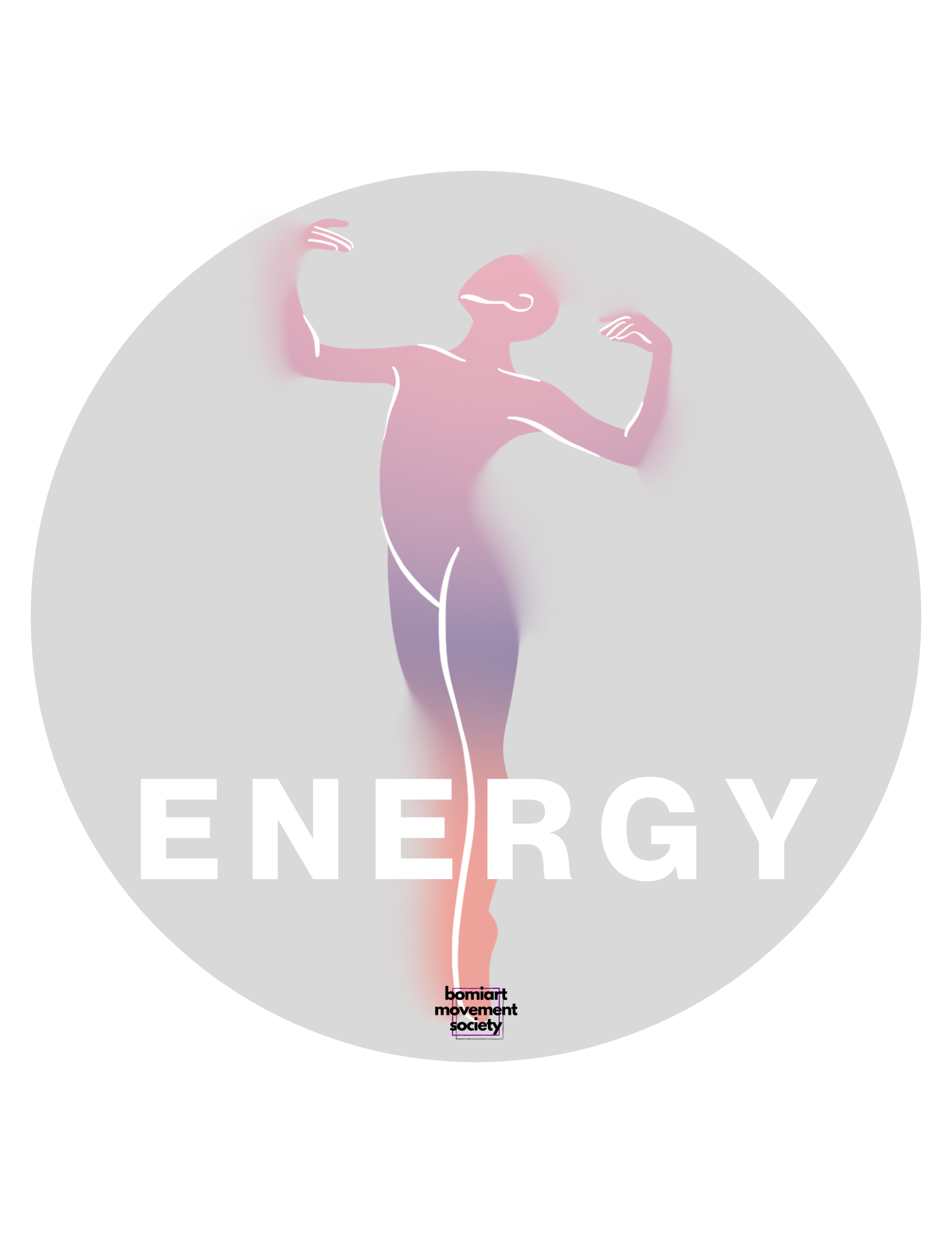 Image 9 of 9
Image 9 of 9










Elements of Dance Activity Cards
Explore Endless Possibilities with The Elements of Dance Activity Cards!
What’s Included:
5 Large Elements of Dance Cards (Time, Space, Energy, Action, Body)
32 Space Cards
40 Action Cards
32 Energy Cards
24 Time Cards
32 Body Cards
Discover creative ways to maximize the potential of your cards.
As a dance teacher, I firmly believe that learning the elements of dance through games and activities is essential for a well-rounded dance education. Engaging students in playful and interactive experiences makes learning more enjoyable and enhances their understanding and retention of fundamental dance concepts.
Games and activities provide a dynamic way to explore various elements of dance, such as rhythm, space, body awareness, and coordination. By incorporating these elements into fun exercises, students can grasp abstract concepts more easily and apply them to their movements with greater precision.
Learning through games and activities fosters a sense of teamwork, creativity, and confidence among students. By encouraging collaboration and creative problem-solving in a lighthearted setting, dancers develop their technical and essential social and emotional skills that are valuable both in and out of the dance studio.
Incorporating games and activities into dance education makes learning more engaging and compelling, cultivating a long-term love and appreciation for the art form. By creating a supportive and inclusive environment where students can explore, experiment, and have fun, we are nurturing the dancers of tomorrow and helping them reach their full potential.
Explore Endless Possibilities with The Elements of Dance Activity Cards!
What’s Included:
5 Large Elements of Dance Cards (Time, Space, Energy, Action, Body)
32 Space Cards
40 Action Cards
32 Energy Cards
24 Time Cards
32 Body Cards
Discover creative ways to maximize the potential of your cards.
As a dance teacher, I firmly believe that learning the elements of dance through games and activities is essential for a well-rounded dance education. Engaging students in playful and interactive experiences makes learning more enjoyable and enhances their understanding and retention of fundamental dance concepts.
Games and activities provide a dynamic way to explore various elements of dance, such as rhythm, space, body awareness, and coordination. By incorporating these elements into fun exercises, students can grasp abstract concepts more easily and apply them to their movements with greater precision.
Learning through games and activities fosters a sense of teamwork, creativity, and confidence among students. By encouraging collaboration and creative problem-solving in a lighthearted setting, dancers develop their technical and essential social and emotional skills that are valuable both in and out of the dance studio.
Incorporating games and activities into dance education makes learning more engaging and compelling, cultivating a long-term love and appreciation for the art form. By creating a supportive and inclusive environment where students can explore, experiment, and have fun, we are nurturing the dancers of tomorrow and helping them reach their full potential.
Explore Endless Possibilities with The Elements of Dance Activity Cards!
What’s Included:
5 Large Elements of Dance Cards (Time, Space, Energy, Action, Body)
32 Space Cards
40 Action Cards
32 Energy Cards
24 Time Cards
32 Body Cards
Discover creative ways to maximize the potential of your cards.
As a dance teacher, I firmly believe that learning the elements of dance through games and activities is essential for a well-rounded dance education. Engaging students in playful and interactive experiences makes learning more enjoyable and enhances their understanding and retention of fundamental dance concepts.
Games and activities provide a dynamic way to explore various elements of dance, such as rhythm, space, body awareness, and coordination. By incorporating these elements into fun exercises, students can grasp abstract concepts more easily and apply them to their movements with greater precision.
Learning through games and activities fosters a sense of teamwork, creativity, and confidence among students. By encouraging collaboration and creative problem-solving in a lighthearted setting, dancers develop their technical and essential social and emotional skills that are valuable both in and out of the dance studio.
Incorporating games and activities into dance education makes learning more engaging and compelling, cultivating a long-term love and appreciation for the art form. By creating a supportive and inclusive environment where students can explore, experiment, and have fun, we are nurturing the dancers of tomorrow and helping them reach their full potential.
